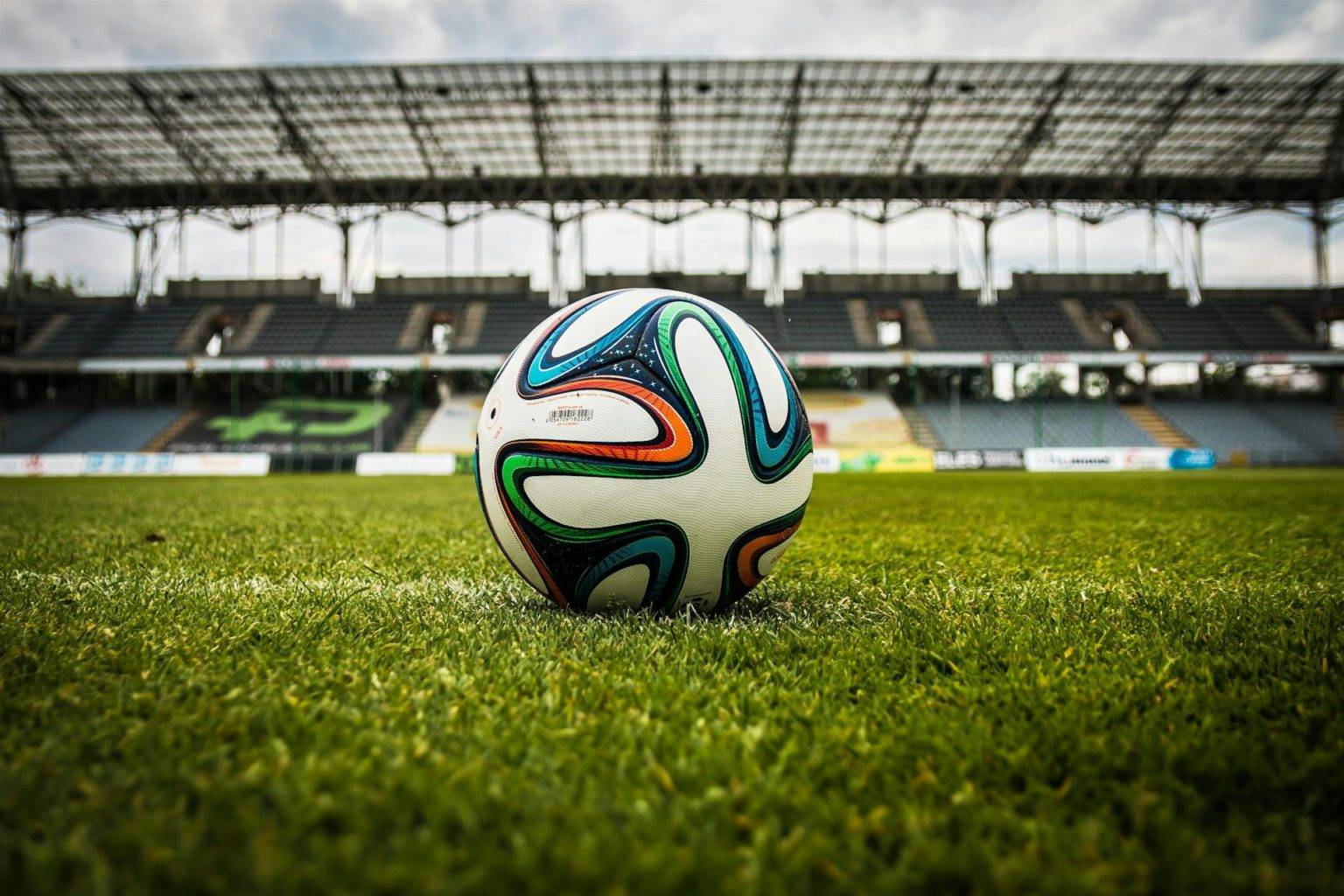The offside rule in football has a long and storied history, evolving over time to ensure fairness and maintain the integrity of the game. The concept of offside dates back to the early days of football, with the first recorded mention of the rule appearing in the Cambridge Rules of 1848. However, the rule has undergone significant changes since then, reflecting the evolution of the sport itself.
In its early days, the offside rule was simple: a player was considered offside if they were ahead of the ball at the moment it was played to them. This led to many controversial decisions and disputes, as it was often difficult for officials to accurately judge whether a player was in an offside position. As football grew in popularity and professionalism, there was a need for a more precise and objective offside rule.
Over time, various amendments were made to the offside rule to address these concerns. In 1990, FIFA introduced a new interpretation of the rule that stated a player was only offside if they were interfering with an opponent or gaining an advantage from being in an offside position. This change brought more clarity to the rule and reduced the number of contentious decisions.
The New Offside Rule 2024: What You Need to Know
In 2024, FIFA will implement a new offside rule that aims to further clarify and simplify the interpretation of offside decisions. The new rule will come into effect across all levels of football, from grassroots to professional leagues. It is designed to make offside decisions more objective and reduce controversy surrounding them.
One of the key changes in the new offside rule is that a player will be considered onside if any part of their body that can legally play the ball is level or behind the second-to-last defender when the ball is played to them. This means that players will no longer be penalized for being in an offside position if they are not actively involved in the play.
The new rule will also introduce the use of technology, specifically Video Assistant Referee (VAR), to assist officials in making offside decisions. VAR will be used to review close calls and provide a more accurate and consistent assessment of offside situations. This is expected to reduce the margin for error and ensure fairer outcomes.
Understanding the FIFA New Offside Rule: Implications for International Football
The implementation of the new offside rule will have significant implications for international football. One of the main benefits of the new rule is that it will make offside decisions more objective and reduce controversy. This will help maintain the integrity of the game and ensure that matches are decided based on fair play rather than subjective interpretations.
Another potential benefit of the new rule is that it may lead to more attacking play. With players no longer being penalized for being in an offside position if they are not actively involved in the play, teams may take more risks and push forward with greater numbers. This could result in more goals and a more exciting brand of football.
However, there are also potential drawbacks to the new offside rule. Some critics argue that it may lead to a decline in defensive tactics, as teams may be less inclined to maintain a disciplined defensive line if players can be considered onside even if they are slightly ahead of the last defender. This could result in more open games and higher-scoring matches, which may not be to everyone’s liking.
How the New Offside Rule Premier League Affects the English Game
The implementation of the new offside rule will have a significant impact on the Premier League, which is widely regarded as one of the most competitive and high-profile football leagues in the world. The new rule is expected to bring about changes in gameplay and strategy, as teams adapt to the new interpretation of offside.
One potential impact of the new offside rule is that it may lead to more goals being scored. With players no longer being penalized for being in an offside position if they are not actively involved in the play, teams may take more risks and push forward with greater numbers. This could result in more attacking play and a higher number of goals.
However, the new rule may also lead to more contentious decisions and increased controversy. The use of VAR to assist officials in making offside decisions may not always provide clear-cut answers, and there may still be instances where the interpretation of the rule is open to debate. This could lead to frustration among players, coaches, and fans, and may detract from the overall enjoyment of the game.
Key Changes in the New Offside Rule: A Breakdown
The new offside rule introduces several key changes that aim to simplify and clarify the interpretation of offside decisions. One of the main changes is that a player will be considered onside if any part of their body that can legally play the ball is level or behind the second-to-last defender when the ball is played to them. This means that players will no longer be penalized for being in an offside position if they are not actively involved in the play.
Another important change is the introduction of VAR to assist officials in making offside decisions. VAR will be used to review close calls and provide a more accurate and consistent assessment of offside situations. This is expected to reduce the margin for error and ensure fairer outcomes.
The new rule also emphasizes the importance of maintaining a disciplined defensive line. Defenders will need to be aware of their positioning and ensure that they are not playing attackers onside by dropping too deep or failing to step up at the right moment. This will require greater communication and coordination among defenders, as well as a good understanding of the new interpretation of offside.
Video Assistant Referee (VAR) and the New Offside Rule: How it Works
The introduction of VAR to assist officials in making offside decisions is a significant development in the implementation of the new offside rule. VAR will be used to review close calls and provide a more accurate and consistent assessment of offside situations.
When a potential offside situation occurs, the on-field referee will have the option to consult VAR to review the decision. The VAR team will analyze the footage and provide their recommendation to the on-field referee, who will then make the final decision based on the information provided.
One potential challenge of using VAR to enforce the new offside rule is that it may not always provide clear-cut answers. Offside decisions can be subjective and open to interpretation, and there may still be instances where the use of VAR does not definitively resolve the issue. This could lead to continued controversy and debate surrounding offside decisions, despite the use of technology.
However, there are also potential benefits to using VAR for offside decisions. The use of technology can provide a more accurate and consistent assessment of offside situations, reducing the margin for error and ensuring fairer outcomes. This can help maintain the integrity of the game and ensure that matches are decided based on fair play rather than subjective interpretations.
Offside or Not? Examples of the New Rule in Action
To better understand how the new offside rule will be applied in real games, let’s look at some examples:
Example 1: A player is in an offside position when a teammate plays a through ball towards them. However, the player is not actively involved in the play and does not touch or interfere with the ball. Under the new rule, the player would be considered onside, as they are not gaining an advantage from being in an offside position.
Example 2: A player is in an offside position when a teammate plays a cross into the penalty area. The player jumps to head the ball, but misses, and the ball goes on to be scored by another teammate. Under the new rule, the player would be considered onside, as they did not touch or interfere with the ball.
Example 3: A player is in an offside position when a teammate plays a pass towards them. The player receives the ball and takes a shot at goal, which is saved by the goalkeeper. Under the new rule, the player would be considered offside, as they are actively involved in the play and gaining an advantage from being in an offside position.
These examples illustrate how the new offside rule will take into account whether a player is actively involved in the play and gaining an advantage from being in an offside position. This will help reduce controversy and ensure fairer outcomes.
The Debate Surrounding the New Offside Rule: Pros and Cons
The implementation of the new offside rule has sparked a debate among football fans, players, and coaches. There are arguments for and against its implementation, each with their own merits.
One of the main arguments in favor of the new offside rule is that it will make offside decisions more objective and reduce controversy. By introducing clear criteria for determining whether a player is onside or offside, the new rule aims to provide more consistency and fairness in decision-making. This will help maintain the integrity of the game and ensure that matches are decided based on fair play rather than subjective interpretations.
Another argument in favor of the new rule is that it may lead to more attacking play. With players no longer being penalized for being in an offside position if they are not actively involved in the play, teams may take more risks and push forward with greater numbers. This could result in more goals and a more exciting brand of football.
On the other hand, some critics argue that the new offside rule may lead to a decline in defensive tactics. With players no longer being penalized for being in an offside position if they are not actively involved in the play, teams may be less inclined to maintain a disciplined defensive line. This could result in more open games and higher-scoring matches, which may not be to everyone’s liking.
Tips for Coaches and Players: Adapting to the New Offside Rule
Coaches and players will need to adapt to the new offside rule to ensure success on the field. Here are some tips for adapting to the new rule:
1. Understand the new interpretation of offside: Coaches and players should familiarize themselves with the new criteria for determining whether a player is onside or offside. This will help them make better decisions on the field and avoid unnecessary penalties.
2. Maintain a disciplined defensive line: Defenders will need to be aware of their positioning and ensure that they are not playing attackers onside by dropping too deep or failing to step up at the right moment. This will require greater communication and coordination among defenders.
3. Take advantage of attacking opportunities: With players no longer being penalized for being in an offside position if they are not actively involved in the play, teams may take more risks and push forward with greater numbers. Coaches should encourage their players to exploit these opportunities and be more adventurous in their attacking play.
4. Embrace technology: The use of VAR to assist officials in making offside decisions is a significant development in the implementation of the new offside rule. Coaches and players should embrace this technology and understand how it can be used to their advantage.
Embracing the New Offside Rule for the Future of Football
The implementation of the new offside rule represents an important step forward in the evolution of football. By introducing clear criteria for determining whether a player is onside or offside, the new rule aims to provide more consistency and fairness in decision-making. This will help maintain the integrity of the game and ensure that matches are decided based on fair play rather than subjective interpretations.
While there may be some challenges and controversy surrounding the new offside rule, it is important to embrace change for the future of football. The new rule has the potential to make offside decisions more objective, reduce controversy, and lead to more attacking play. It is an exciting development that will shape the game for years to come, and it is up to coaches, players, and fans to adapt and make the most of it.




